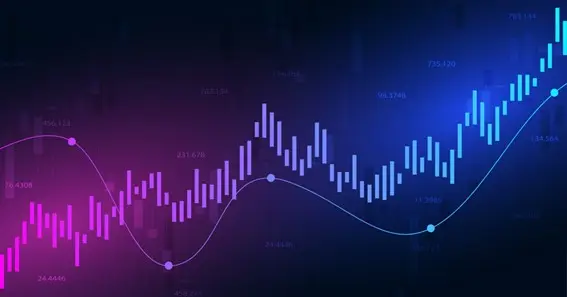Also Read N: What is the best age to get Permanent Life Insurance?
Also Read P: Clary Sage Oil: Your Natural Solution for Beating Depression and Anxiety
When it comes to understanding the complexities of financial markets, one of the key factors that quantitative finance professionals focus on is volatility. Volatility refers to the degree of variation of a trading price series over time. In simpler terms, it measures how much the price of a financial asset fluctuates.
Volatility plays a crucial role in quant finance because it directly impacts the risk and return of investment portfolios. To manage this risk effectively, financial analysts and traders use various volatility models. These models help them forecast future volatility, which is essential for making informed investment decisions.
One of the most widely used volatility models in quantitative finance is the ARCH (Autoregressive Conditional Heteroskedasticity) model. Developed by economist Robert Engle in the 1980s, the ARCH model is designed to capture the time-varying nature of volatility in financial markets. It assumes that volatility is not constant but rather changes over time in response to past shocks.
Another popular volatility model is the GARCH (Generalized Autoregressive Conditional Heteroskedasticity) model, which is an extension of the ARCH model. The GARCH model not only considers past shocks but also incorporates the impact of past volatility on future volatility. This makes it more robust for predicting volatility in financial markets.
In recent years, there has been a growing interest in more advanced volatility models, such as stochastic volatility models and jump-diffusion models. These models are able to capture the complexities of financial markets more accurately, especially during periods of extreme volatility or market crises.
Overall, volatility models play a critical role in quantitative finance by helping analysts and traders better understand and manage the risks associated with financial markets. By incorporating these models into their investment strategies, professionals can make more informed decisions and potentially achieve higher returns.
In conclusion, volatility models are essential tools in quantitative finance for predicting future volatility and managing risk. As financial markets continue to evolve, it is likely that the role of these models will become even more significant in helping investors navigate the complexities of modern finance.






